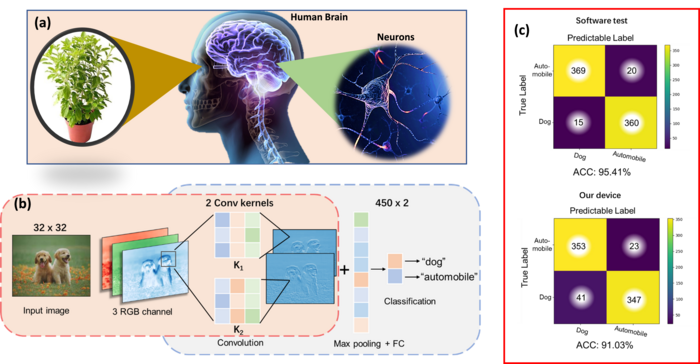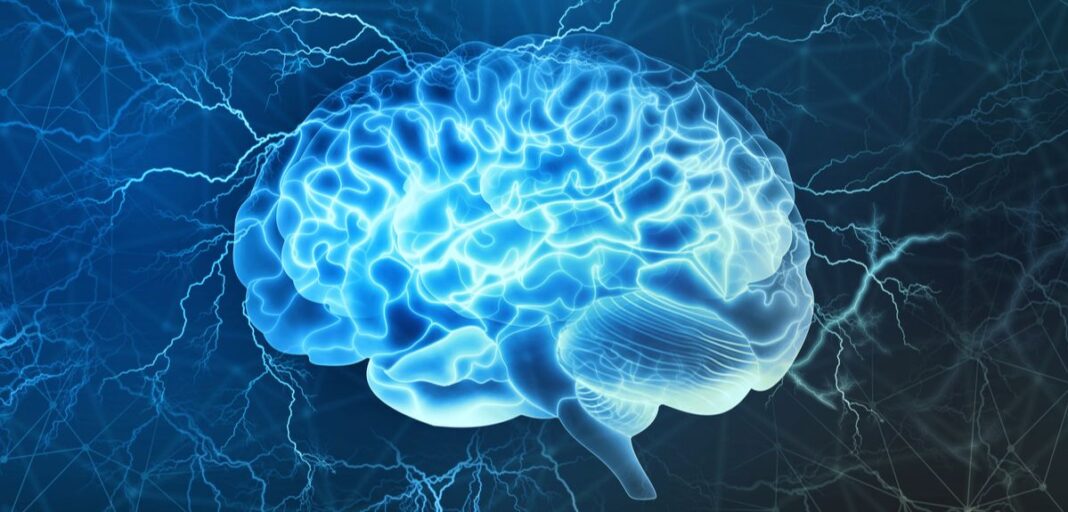Artificial Intelligence (AI) and the Internet of Things (IoT) have caused a big increase in the number of sensory nodes, which gather a ton of raw data and turn it into digital information to be used for computations. However, this process can be slow and power-consuming when using the conventional von Neumann architecture, which uses separate devices for each function. This can be a problem for new technologies like autonomous cars and robotics that require speedy and low-power computations.
But now, scientists from the Smart Advanced Memory Devices and Applications (SAMA) laboratory at King Abdullah University of Science and Technology (KAUST) in Saudi Arabia, in partnership with colleagues from Khalifa University in the UAE, have developed a new device that can do sensing, storage, and processing all in one. The device uses a two-terminal solution-processable MoS2-based metal-oxide-semiconductor (MOS) device that has a 2D material-based charge-trapping layer that can sense light, mimicking the human visual system.

This new device can sense, store, and process data all in one go. This is a big improvement from traditional devices that have separate photosensors that detect light and then convert that information into digital data, which is then stored elsewhere.
Scientists have shown that their device is very reliable and can work at high temperatures for a long time without any issues. It can also sense light and store it directly within the same device. They used a convolutional neural network (CNN) to measure the device’s optical sensing, storing, and processing capabilities. They tested it by transmitting optical images over the blue light wavelength and the device was able to recognize objects in the images with an accuracy of 91%.
This new technology can be used to develop artificial retina networks for artificial visual perception and in-memory light sensing applications. This study is also a significant step towards the development of smart cameras with artificial visual perception capabilities, using a similar structure as charge-coupled devices (CCD) in CCD cameras.
Research paper for more info.











